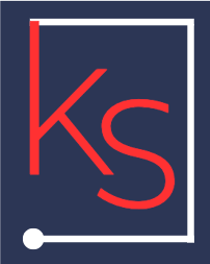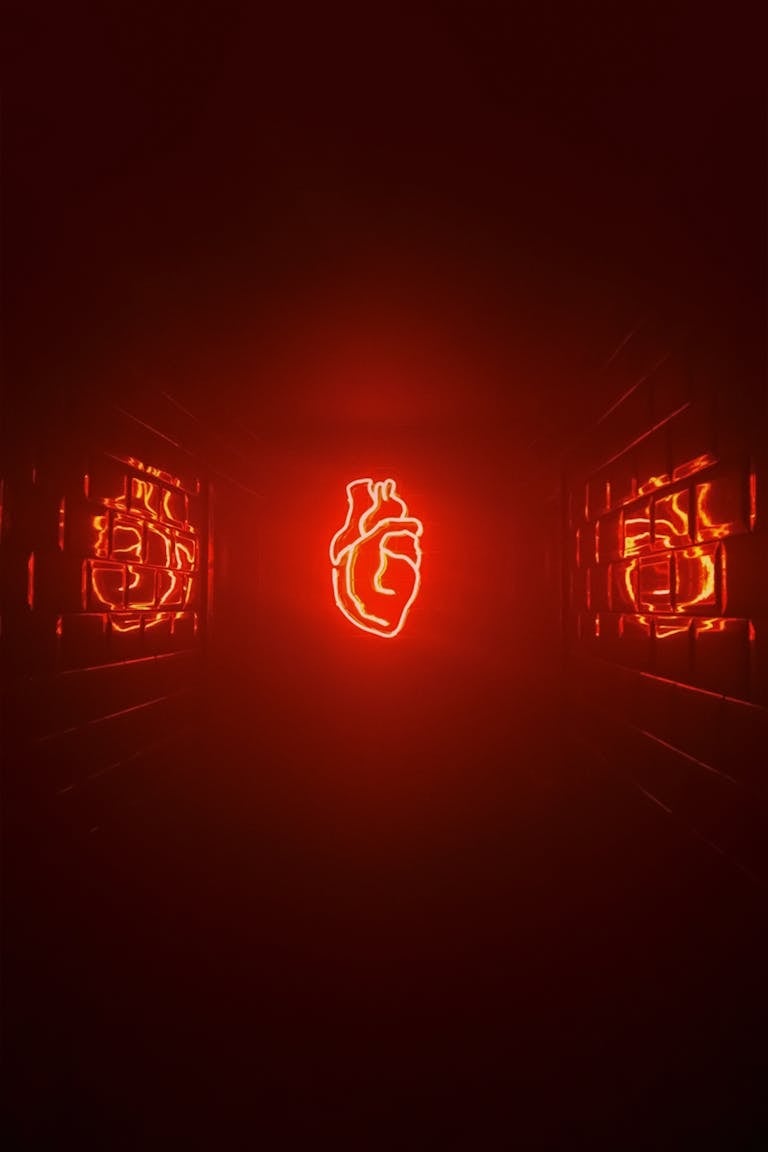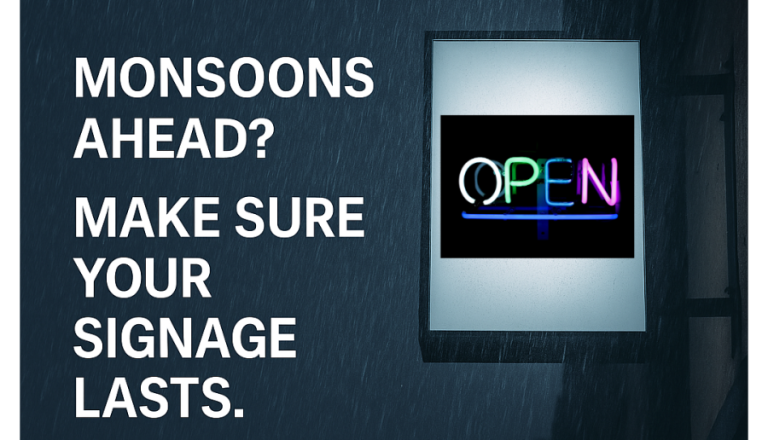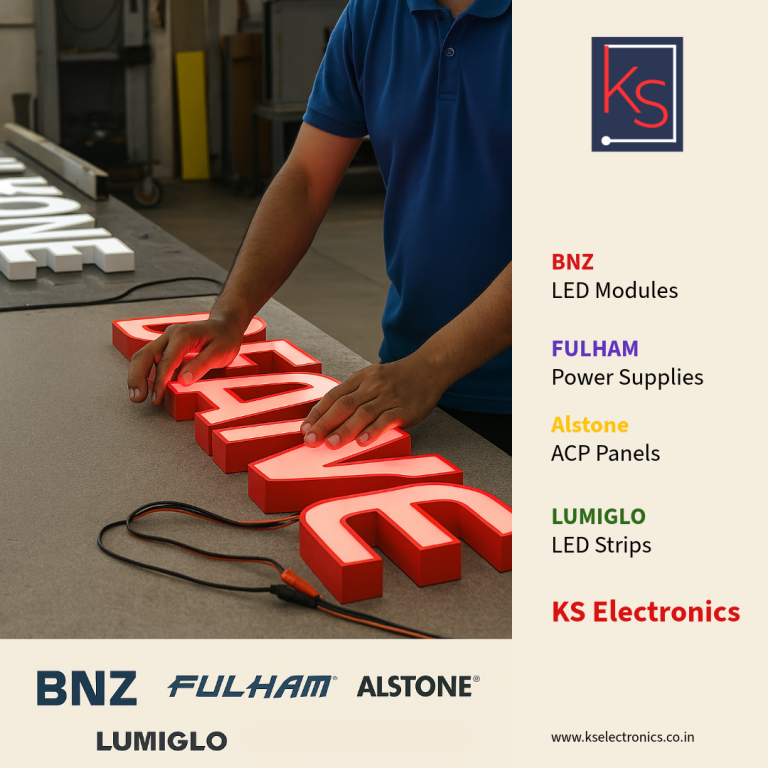The Complete Guide to High-Performance LED Modules for Signage
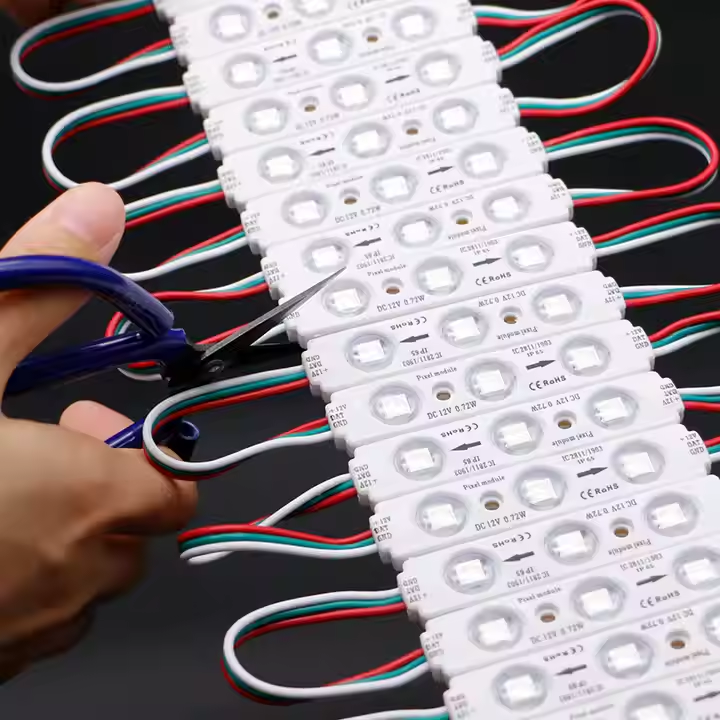
In the competitive world of signage, the difference between a mediocre display and one that truly captures attention lies in the details—specifically, the LED modules that form its luminous foundation. LED modules are the core component that defines signage brightness, uniformity, and lifespan, making them perhaps the most critical element in any successful signage project.
Whether you’re illuminating towering outdoor billboards, elegant storefront displays, or intricate channel letters, the performance of your LED module for signage India will determine whether your investment delivers years of reliable service or becomes a maintenance nightmare. Poor-quality modules can result in uneven lighting, color inconsistencies, premature failures, and ultimately, signage that fails to represent your brand professionally.
This comprehensive guide explores the technical specifications and performance characteristics that separate premium LED modules from basic alternatives, helping you make informed decisions that ensure your signage projects achieve their full potential in India’s demanding environmental conditions.
Beam Angle Explained: Why 170° is the Sweet Spot
Understanding beam angle is crucial for achieving uniform light distribution in signage applications. The beam angle determines how light spreads from each LED module, directly impacting the evenness of illumination across your sign face and the visual quality of the final installation.
Fulham LED Modules feature a wide beam angle of approximately 170°, providing exceptional light distribution that minimizes hot spots and dark areas within signage enclosures. This wide dispersion angle allows for optimal spacing between modules while maintaining uniform illumination across the entire sign surface.
BNZ LED Modules offer beam angles up to 170°, matching the industry standard for professional signage applications. This wide beam coverage ensures that light spreads evenly throughout channel letters and box signs, creating the smooth, professional appearance that distinguishes high-quality signage.
The 170° beam angle helps achieve uniform light spread in boxes and letters by allowing each module to cover a larger area with consistent intensity. This wide distribution reduces the number of modules required for even coverage, lowering installation costs while improving overall light quality. Narrower beam angles create visible bright spots and require more modules to achieve uniform coverage, increasing both material and labor costs.
In channel letter applications, the 170° beam angle ensures that light reaches all areas of the letter face evenly, preventing the shadowing and bright spots that can make signage appear unprofessional. For box signs, this wide distribution creates smooth, even illumination that enhances readability and visual impact.
The Role of IP Rating in Outdoor and Indoor Installations
IP (Ingress Protection) ratings serve as a critical specification for matching LED modules to their intended installation environment. These ratings indicate a module’s ability to resist dust and moisture intrusion, with different applications requiring different levels of protection.
Fulham LED modules achieve IP67 rating, providing complete dust protection and resistance to water immersion. This high level of protection makes them suitable for outdoor signage applications where exposure to rain, dust storms, and other environmental challenges is inevitable.
BNZ LED modules feature a minimum IP66 rating, offering excellent protection against dust ingress and powerful water jets. This protection level ensures reliable operation in most outdoor environments while providing the durability necessary for long-term installations.
IP ratings matter significantly when choosing between outdoor signs versus indoor applications. Outdoor installations face constant exposure to moisture, dust, temperature variations, and UV radiation that can quickly degrade unprotected electronics. Indoor applications, while protected from weather, still benefit from dust protection that prevents performance degradation over time.
The IP67 LED module rating on Fulham products provides confidence for installations in challenging outdoor environments, including areas prone to flooding or high humidity. The dust-tight seal prevents particle intrusion that could cause performance degradation or premature failure.
For indoor applications, the high IP ratings still provide value by protecting against dust accumulation and occasional moisture exposure during cleaning or maintenance activities. This protection extends module life and maintains consistent performance throughout the installation’s service life.
Lumen Output and Energy Efficiency
Energy efficiency in LED modules directly impacts both operational costs and signage brightness, making lumen-per-watt performance a critical specification for professional installations. High lumen LED module efficiency translates to brighter signage with lower electricity consumption.
Fulham LED modules deliver greater than 100 lm/W, providing excellent brightness while maintaining energy efficiency. This performance level ensures that signage achieves the visibility necessary for effective communication while keeping operational costs manageable.
BNZ LED modules achieve up to 160 lm/W, leading the efficiency category with exceptional light output per watt consumed. This high efficiency makes them ideal for large installations where energy consumption directly impacts operating costs.
High lumen/watt output means brighter signs and lower energy consumption, creating a win-win situation for signage operators. The improved efficiency reduces electricity bills while providing the brightness necessary for effective day and night visibility.
In practical terms, the higher efficiency of BNZ modules at 160 lm/W means they can produce 60% more light than a 100 lm/W module while consuming the same amount of electricity. This efficiency advantage becomes particularly valuable in large installations where the cumulative energy savings can be substantial.
The brightness advantage of high-efficiency modules extends beyond simple visibility. Brighter signage commands more attention, improves readability at greater distances, and maintains effectiveness even in high ambient light conditions that can wash out less efficient alternatives.
Color Consistency: The Professional’s Secret to Uniform Signage
Color consistency represents one of the most critical yet often overlooked aspects of professional signage design. Variations in LED color temperature and tint can create a patchwork appearance that immediately identifies amateur installations and undermines brand credibility.
Fulham LED modules feature LEDs with 3SDCM Color Consistency, representing the highest standard for color uniformity in professional lighting applications. This specification ensures that all modules in an installation produce virtually identical light color, creating seamless uniformity across large sign surfaces.
The 3SDCM (Standard Deviation of Color Matching) specification means that color variations between individual LEDs are so small they’re essentially imperceptible to the human eye. This level of consistency ensures premium visual appearance across large sign surfaces, eliminating the color variation that can make signage appear cheap or poorly manufactured.
For color consistency LED signage applications, this specification becomes particularly critical in large installations where multiple modules must work together to create a unified appearance. Without proper color matching, individual modules can appear as distinct patches of slightly different colored light, creating an unprofessional patchwork effect.
The investment in 3SDCM color consistency pays dividends in customer perception and brand representation. Uniform color temperature across the entire installation creates the polished, professional appearance that reflects positively on the business being advertised.
Specialty Modules: Edge-lit for Shallow Box Signs
Modern signage design increasingly demands slim profiles and elegant aesthetics that traditional LED modules cannot accommodate. Edge-lit technology addresses these requirements by providing powerful illumination in exceptionally compact form factors.
BNZ Edge-lit modules are specifically designed for shallow box signs where depth limitations prevent the use of traditional LED modules. These specialized modules mount along the edges of sign faces, directing light across the surface to create even illumination despite the minimal depth available.
Edge-lit module use cases extend beyond simple space constraints to include slim boxes, luxury signage, and architectural applications where aesthetics demand minimal visual impact. The edge-lit LED module design allows for sign depths as shallow as 25-50mm while maintaining excellent light distribution.
In luxury signage applications, edge-lit modules enable the clean, minimalist aesthetics that high-end brands demand. The absence of visible LED points creates smooth, even illumination that appears to emanate from the sign face itself rather than from obvious point sources.
Architectural applications benefit from edge-lit technology when signage must integrate seamlessly with building design elements. The minimal depth requirement allows signage to fit within architectural details where traditional illuminated signs would be impossible or visually intrusive.
For shallow box signs, edge-lit modules solve the fundamental challenge of achieving uniform illumination in space-constrained installations. Traditional modules require sufficient depth for proper light mixing, while edge-lit technology creates even distribution regardless of depth limitations.
Warranty and Brand Reputation
In the signage industry, warranty coverage and brand reputation serve as crucial indicators of product reliability and manufacturer confidence. These factors become particularly important for installations where access for maintenance is difficult or where signage downtime can impact business operations.
Fulham provides 5-year warranty coverage on their LED modules, demonstrating exceptional confidence in product quality and durability. This extensive warranty period provides long-term protection for signage investments while reducing the risk associated with large installations.
BNZ offers flexible warranty options with 2, 3, or 5-year warranty coverage depending on the specific module series and application requirements. This tiered approach allows customers to match warranty coverage to their specific needs and installation requirements.
The brand pedigree of BNZ includes 25 years of signage industry experience, providing the deep application knowledge necessary for developing products that meet real-world installation challenges. This extensive experience translates into modules designed specifically for signage applications rather than generic lighting products adapted for sign use.
Trust building through brand pedigree and long warranties reduces project risk while providing assurance of continued support throughout the installation’s service life. Established manufacturers with extensive warranty coverage demonstrate their confidence in product reliability while providing recourse in the unlikely event of premature failure.
The value of comprehensive warranty coverage extends beyond simple replacement costs to include reduced project risk, simplified maintenance planning, and improved customer confidence in the installation’s long-term reliability.
Choosing the Right LED Module for Your Application
Selecting the optimal LED module requires careful consideration of environmental conditions, efficiency requirements, color consistency needs, and installation constraints. Each application presents unique challenges that must be addressed through appropriate module selection.
For outdoor installations requiring maximum durability, Fulham LED module India options with IP67 protection provide the environmental resistance necessary for long-term reliability. Indoor applications can focus on efficiency and color consistency while requiring less environmental protection.
Large installations benefit from the exceptional efficiency of BNZ modules at up to 160 lm/W, while applications requiring perfect color uniformity should prioritize Fulham’s 3SDCM color consistency specification.
Space-constrained installations requiring LED module beam angle optimization should consider the 170° beam coverage available from both Fulham and BNZ modules, while extremely shallow applications may require BNZ edge-lit modules for proper illumination.
The investment in high-quality LED modules pays dividends through improved visual impact, reduced energy consumption, extended service life, and minimized maintenance requirements. Quality modules ensure that your signage investment delivers the performance and reliability necessary for effective business communication.
Illuminate Your Success with Premium LED Modules
Every signage project deserves uniform, bright, energy-efficient lighting — and that’s exactly what you get with the premium LED modules and strips distributed by KS Electronics. Whether you need edge-lit modules for shallow boxes, dotless COB LED strips for high-end installations, or IP-rated modules built for outdoor environments, we’ve got you covered with trusted brands like Fulham, BNZ, and Lumiglo. Let’s help you create signage that gets noticed.
Speak to our team today: www.kselectronics.co.in
